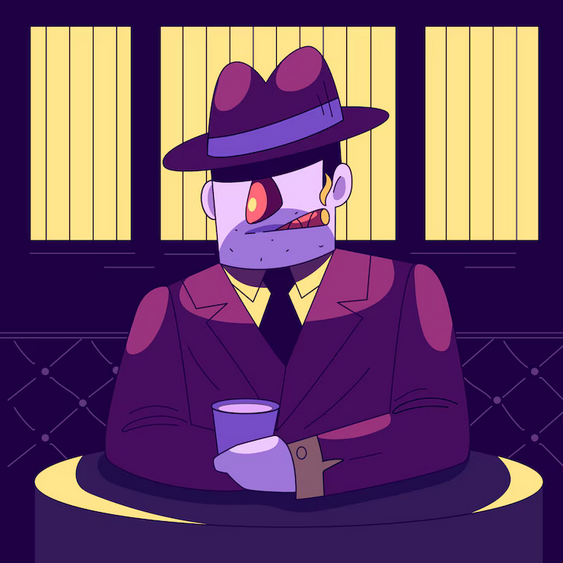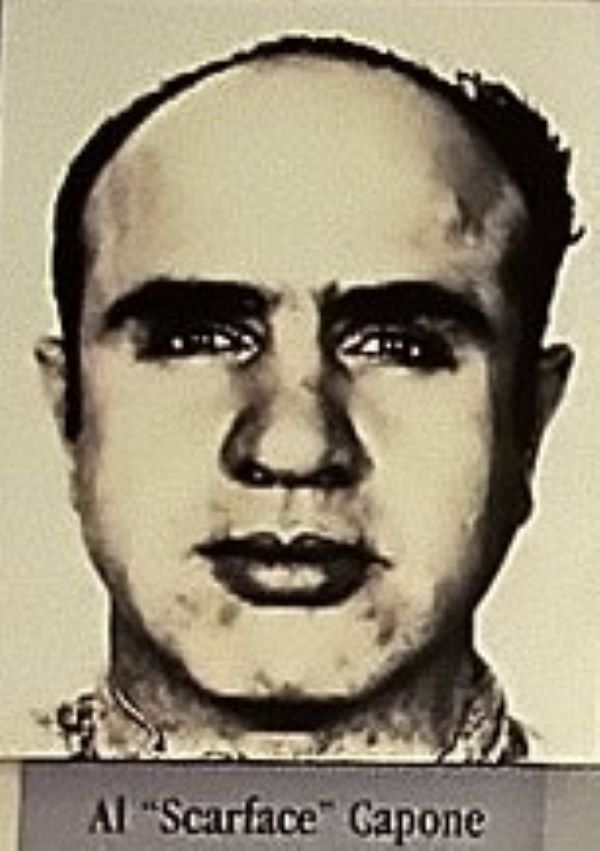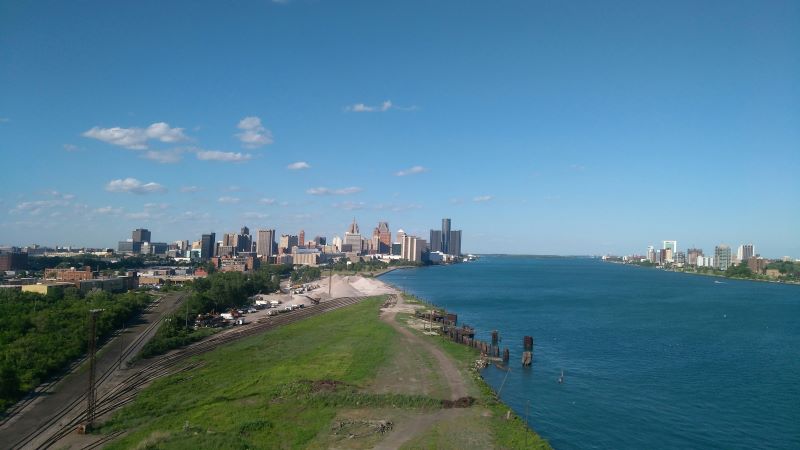This story is a follow up to the Next Michigan News piece Running Numbers
The early 20th century saw the rise of Sicilian crime syndicates in southeast Michigan.
They strong armed local business owners with Black Hand Extortion, going as far as kidnapping.
A majority of them were based in Detroit and some around Ford City (now Wyandotte).
This is the bloody 125-year saga of Michigan and the Mob.
1908-1913
After fending off the rival Giannola gang in 1908, Vito Adamo would become Detroit’s Don.
Vito and his brother Salvatore controlled the flow of contraband liquor in and out of the city’s Italian colony. Vito would reign as Don for half a decade.
In 1912, the Giannola gang moved into Adamo’s turf in Wyandotte, which sparked a turf war. This time however, the Giannolas would gain the upper hand.
1914-1919
Antonino “Tony” Giannola took the throne in 1914. Giannola had a relatively smooth run for several years, then there would be trouble.
In January 1920, Congress voted the Volstead Act into law, signaling the start of Prohibition. Things were about to change for the Sicilian clan.
A period of upheaval followed then Salvatore Catalanotte rose to power in 1924. “Singing Sam” served as Capo until 1930.
Catalanotte united rival mafia factions from east and west in the Pascuzzi Combine, a precursor to the all-powerful Detroit Partnership.
Yet La Cosa Nostra would be in for a surprise.
A new group of gangsters would stake their claim to the city. This crew was comprised mainly of second generation Eastern European Jews.
These ruffians had no regard for the rules. They were known as The Purple Gang.

From Click on Detroit:
“The Purple Gang controlled Detroit's underworld in the late 1920s and early 1930s.
In 1929, making and distributing illegal alcohol was Detroit's No. 2 industry, behind automobiles.
By the mid-20s, the city was home to more than 25,000 illegal speakeasies -- most of them run by the Purple Gang.”
The Purples even supplied Chicago kingpin Al Capone with liquor from Canada.
And further aided Capone in setting up the infamous 1929 St. Valentine’s Day Massacre.

Capone had numerous safe houses spread throughout the state of Michigan.
Northern Michigan was a place mobsters made their bones both in gambling and bootlegging.
The notorious Club Manitou in Harbor Springs was owned by Purple Gang leader Abe Bernstein.

Plus a number of major mafia figures reportedly would seek shelter in the Upper Peninsula.
It would provide the perfect cover to ply their trades without the presence of prying eyes.
To add, West Michigan has historically been a hotbed of organize crime.
Wiseguys found West Michigan to be a welcome respite away from the big-city spotlight.
Berrien County offered the outlaws everything from leisure activities to a base for producing moonshine liquor, and somewhere to dump a body.
A transition period followed in the wake of Capo Catalanotte’s death from illness.
The Sicilians played nice with the Purple Gang for a while, but of course that wouldn’t last.
By the mid 1930s, The Purple Gang was under siege from all sides. They would be finished by 1939.
1931-1936
Guglielmo “Black Bill” Tocco would take charge of the coalition in 1931.
During his five-year term, Tocco helped to further unite the families with the Detroit Partnership.
“Black Bill” eventually ceded control to Joseph Zerilli, his trusted partner in crime.
1936-1977
Joseph Zerilli seized the reins in 1936. He became a highly respected ruler of the rackets.
Important to note, a near-mythical event would take place toward the end of Zerilli’s tenure.
Teamsters head Jimmy Hoffa was last seen in 1975 at Machus Red Fox restaurant in Bloomfield Township.
Hoffa planned to meet with two high-ranking mafia members and rumors have raged about his disappearance ever since.
Zerilli was Detroit's undisputed "boss of bosses" for over four decades.
He’d be one of the few non-New York bosses given a seat on the fabled "Commission," a nationwide mafia board of directors.
The big boss would perish in 1977 due to health issues. In the late 1970s, Giacomo “Jack” Tocco was tabbed to lead operations.
Tocco quietly led the firm until 1996, when he got caught in a sweeping RICO indictment titled Operation Gametax.
He’d serve a couple of years in prison then return to his role as chief.
Tocco remained top man until 2014, when he passed away at the age of 87.
Jack Giacalone aka “Jackie The Kid” was named the new boss shortly thereafter.
The glory days are long gone. Things are much different today.
Though you can be sure La Cosa Nostra is here to stay.



